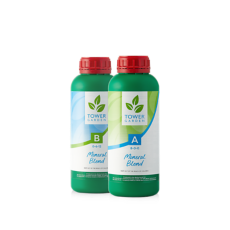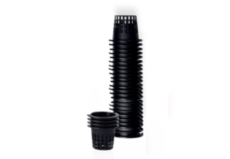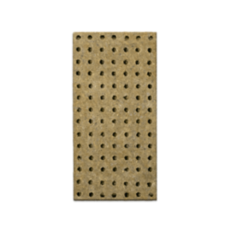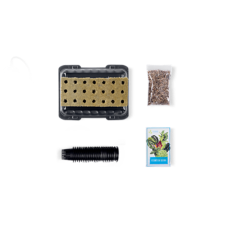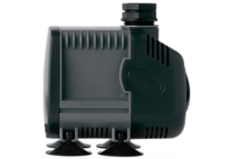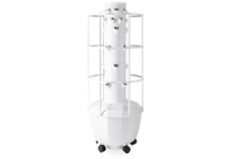Harvesting
Harvesting Fruiting Plants with Tower Garden
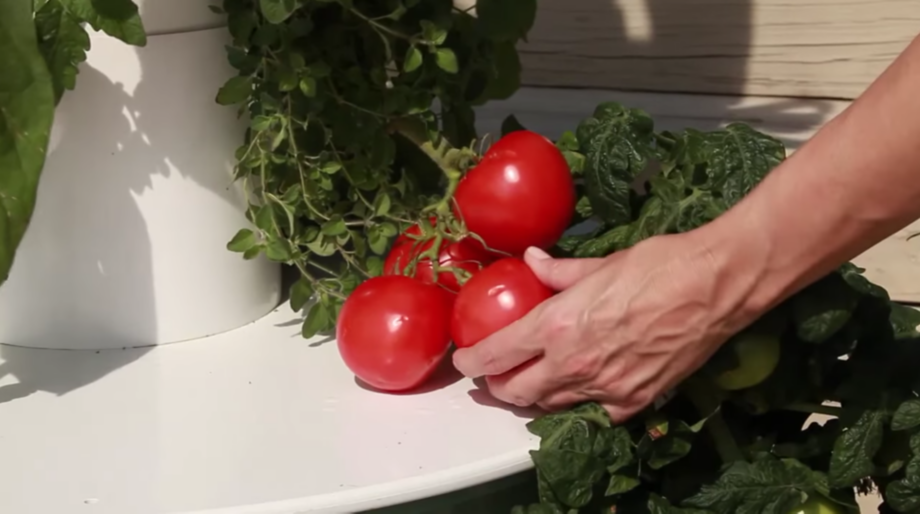
To get the most out of your fruiting plants, like aubergine and tomatoes, it’s important to harvest them at the right stage of maturity. This will ensure optimum flavour, quality, and nutritional value. The trouble is, knowing the signs of maturity and harvesting methods for each crop can be a challenge, even for more experienced gardeners. Not to worry, Tower Garden is here to help. To ensure your fruiting plants are harvested at the right time and maintain all of their great flavour, follow these harvesting best practices for 8 popular fruiting crops that can be grown with Tower Garden:
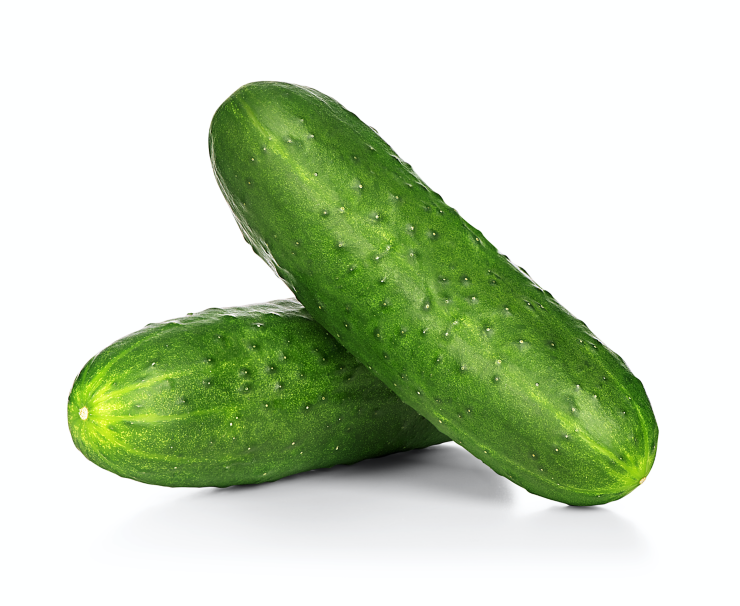
Cucumbers
- Cucumbers will start producing fruit around 50 days after germination.
- Harvesting will produce 0.5-2kg of cucumbers a week for up to 10 weeks, with proper care.
- Most cucumber varieties are mature at 20cm in length, but can be picked at any size, as long as they don’t get overripe (i.e., smooth, bloated, and yellow).
- Harvest by cutting the stem above the fruit — twisting the fruit from the vine may damage the plant.
- Check at least twice a week, and harvest frequently to encourage additional fruit to develop.
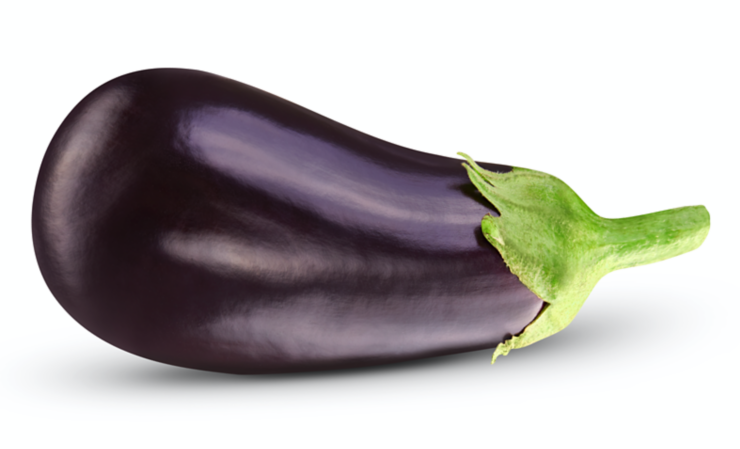
Aubergine
- Aubergine may be ready to harvest as soon as one month after transplanting seedlings.
- Harvest Aubergine fruit when it is about 15cm long.
- Cut just above its cap with a knife or shears to avoid injuring the rest of the plant.
- Aubergine does not store as well as other produce. Cook immediately for the best flavour.
- Avoid leaving mature Aubergine fruit on the vine for very long. Once they grow too large, the fruit will become pithy and may taste bitter.
- As a visual cue, fruit that has lost its glossy sheen or lightened in colour is probably past its prime. If this happens, remove the mature Aubergine from the vine so that other fruit may develop.
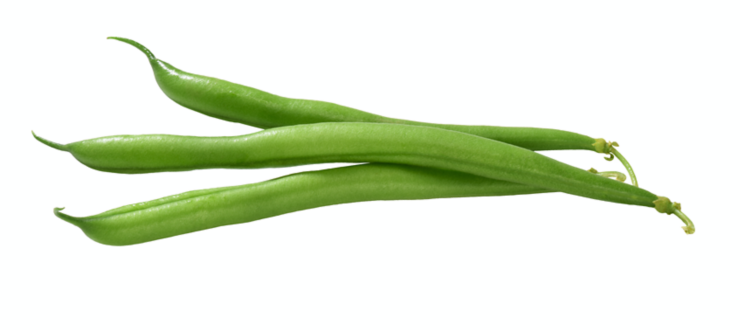
Green Beans
- Green beans will be ready to harvest about a month to six weeks after transplanting seedlings.
- To harvest, snap or cut the beans from the stem, taking care to not damage the plant. For best taste, harvest before the beans show excessive swelling.
- Your first harvest might be just a few pods, but as the crop matures, harvests will be more plentiful. Regular harvesting will promote the production of new pods.
- When the plant’s most mature leaves turn yellow or brown, your green beans will likely stop producing within a few weeks.
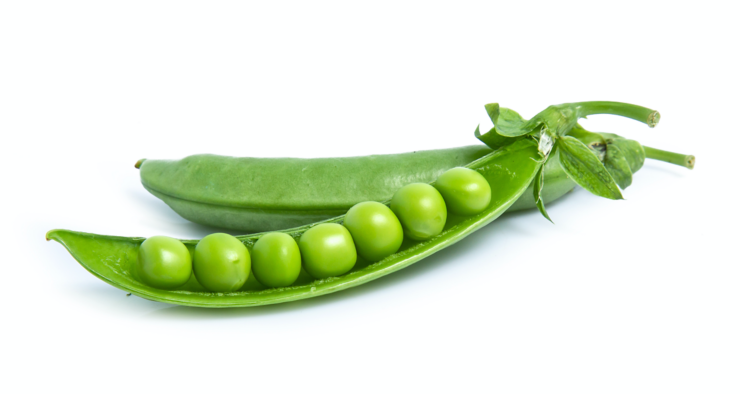
Peas
- You should expect to be harvesting your sweet green peas around 65 to 75 days after germination. Depending on the variety, peas may indicate that they are harvest-ready in other ways:
- Pick English peas when they’re firm but still succulent.
- Pick snap peas when the pods are crisp and round.
- Pick snow peas before the swelling seeds within the pod become too evident.
- Pea pods are firmly attached to the vine. To harvest, hold the vine in one hand and twist the pod off the vine with the other. This will protect the vine from injury. You should harvest your peas often to promote continued flowering and production.
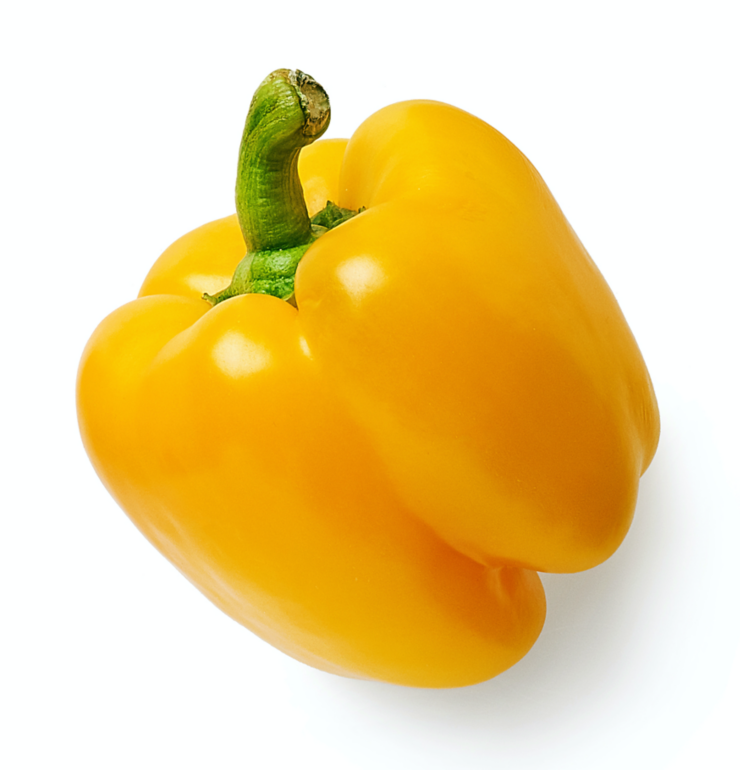
Peppers
- Peppers are ready to harvest about 65 to 85 days after transplanting seedlings. Most change colour from green to red, yellow, purple, or orange when they’re ripe.
- As the colour of the fruit changes, so does the flavour. But peppers don’t continue to ripen once you remove them from the plant. So, you should leave them attached until they’re as ripe as you want them.
- It’s perfectly fine to harvest peppers before they reach full maturity — the immature fruit of some varieties are more flavourful. (Jalapeños, for example, are commonly harvested when green, even though they aren’t fully ripe until they turn red.)
- To harvest, use a knife or shears to make a cut above the cap of the pepper, leaving a portion of the stem attached.

Strawberries
- Everbearing strawberries planted in the spring should start producing fruit by early summer. And once berries are red, they’re ripe and ready to eat!
- To harvest strawberries, cut the stem just above the fruit. (Don’t pull the berries, as this may damage the plant.)
- You should enjoy your harvests as soon as possible because the natural sugar in strawberries converts to starch soon after the fruit is picked.
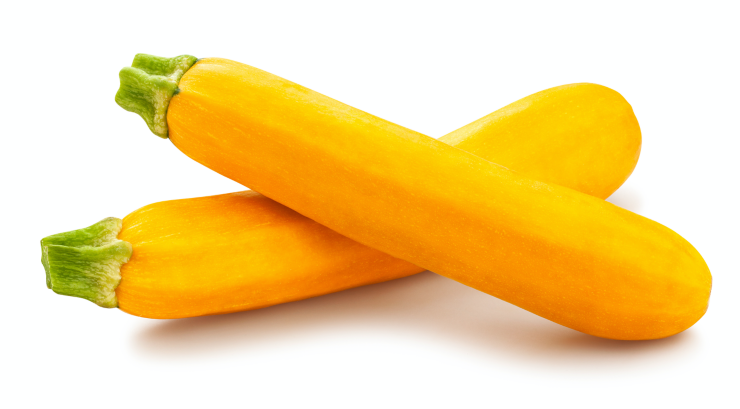
Squash
- Most summer squash varieties will be ready to harvest about 60 days after planting.
- To harvest, simply cut fruits from the vine once they are 15-18cm long. If you wait much longer, they will become less tender and flavourful.
- In the winter, when the rind of a fruit is hard enough to resist being punctured with a fingernail, it’s ready to harvest.
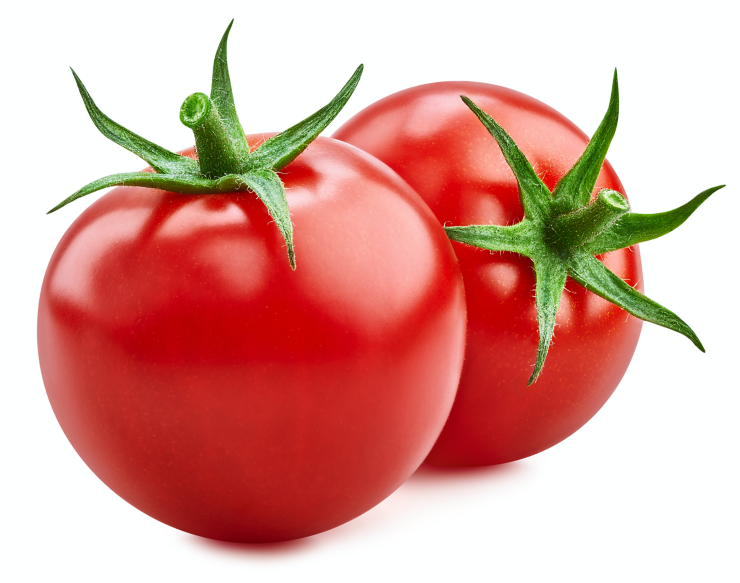
Tomatoes
- Tomatoes will always mature in the order that the tomatoes appear on the truss (i.e., the fruit closest to the branch stem will mature first).
- The time it takes for a tomato plant to produce fruit depends on an array of factors, such as the plant variety, weather, pollination, and more.
- But once you do see fruit, your first clue that a tomato is ripe and ready to pick is its colour: It should be a deep red (or yellow or purple, depending on the variety).
- Your second clue is the fruit’s hardness. The riper a tomato gets, the softer it will become. A perfectly ripe tomato has some give but is not mushy.
- A ripe tomato should easily “pop” off the truss when it’s ready to harvest. But if you like, you can harvest the entire truss by cutting the stem attaching it to the main branch.


